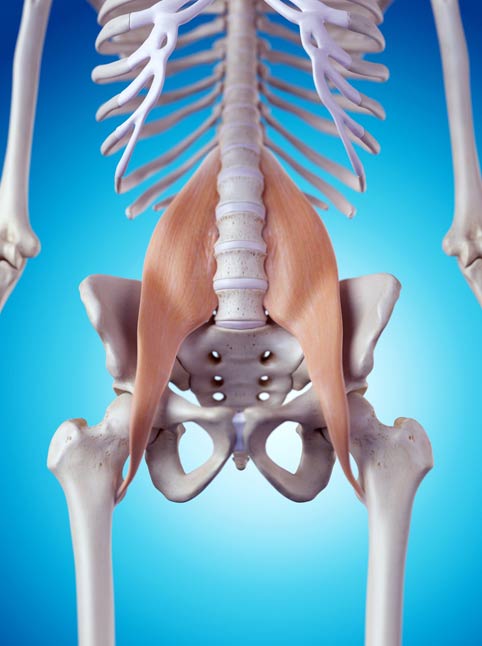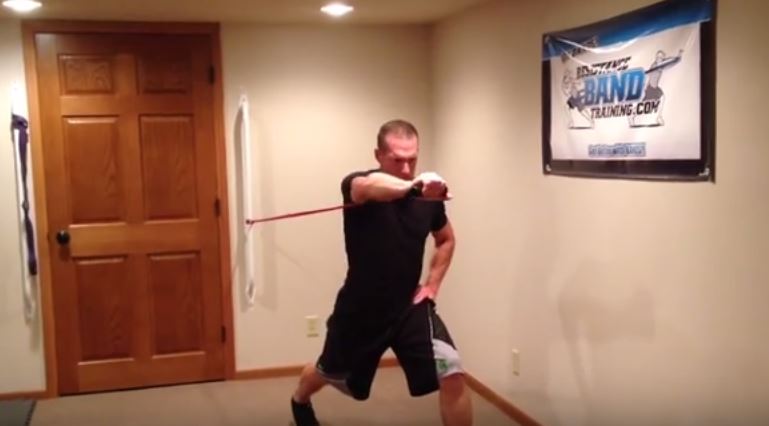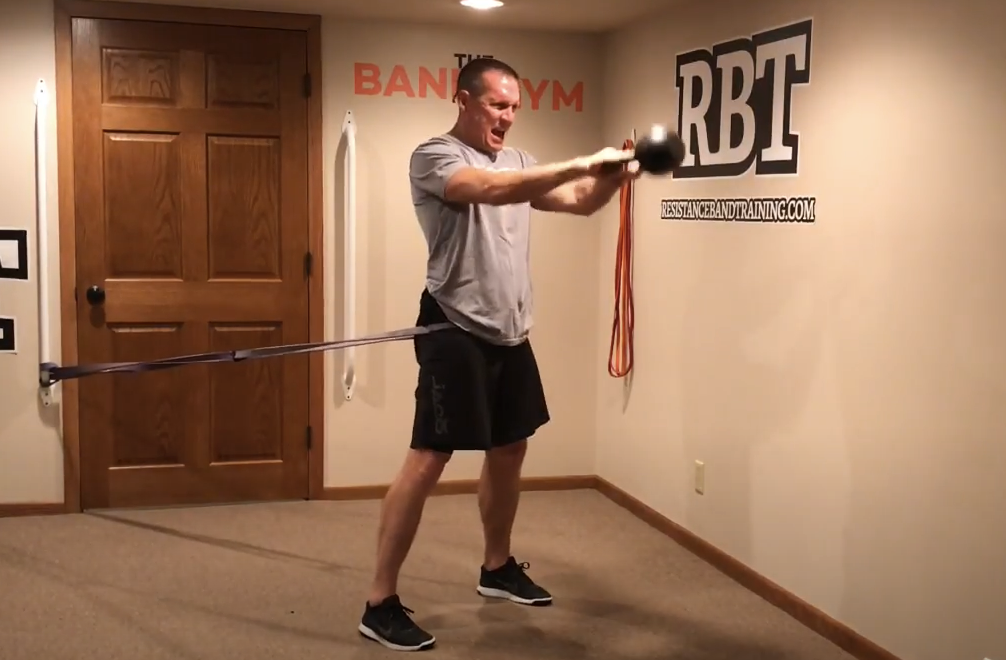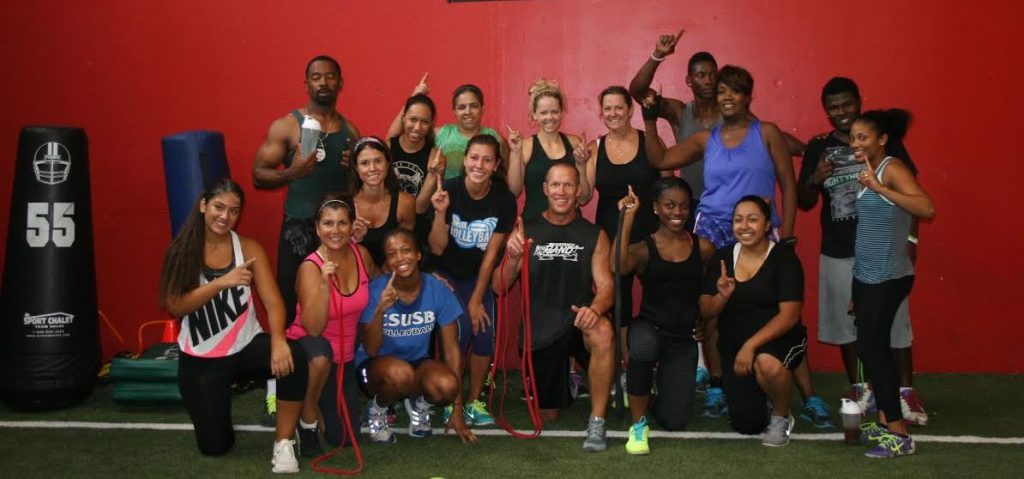Improving Strength and Eliminate Low Back Pain
 One of the biggest reasons people suffer from Low Back Pain is due to Psoas dysfunction. (Psoas is noted in picture)
One of the biggest reasons people suffer from Low Back Pain is due to Psoas dysfunction. (Psoas is noted in picture)
Unfortunately it’s a muscle that has a large mobile attachment to the low back and the thigh bone which allows the low back to easily compensate.
This is especially the case if the lower abdominals are not strong enough to overcome Psoas tightness which is often the case as the body ages.
I am not going to go into a long anatomical or biomechanical discussion about how all of this happens.
Instead, I am going to ask you to trust me and go right into showing you how to use RBT to continually address this issue in every workout.
10 Band Exercises to Attack Psoas Tightness
The key to all of these exercises is getting the glutes and lower abs activated, simultaneously, while unilaterally placing the psoas into an intermittent stretched position.
- Band Hip Flexor Quad Stretch
- Rotational Shoulder Distraction Stretching
- Rotational Single Arm High Rows
- Split Stance Halos
- Half Kneeling Chest Press
- Split Stance Bicep Curl
- Overhead Triceps Presses
- Horizontal vector split squats
- Horizontal Vector Reverse Lunges
- Split Stance Military Press
After reviewing these exercises it should become obvious that all of them impact other aspects of training besides Psoas mobility. There are upper body strength exercises, lower body strength exercises, flexibility exercises and core stabilization exercises.
Combining that with a band’s portability, you should be able to incorporate some level of Psoas stretching, mobilization and lower abdominal stabilization into every single workout regardless of what the training goal is for that day.
Take the pressure off your low back by making sure your Psoas is able to lengthen effectively when needed and your lower abs along with your glutes get better at working together to counter balance each other.



